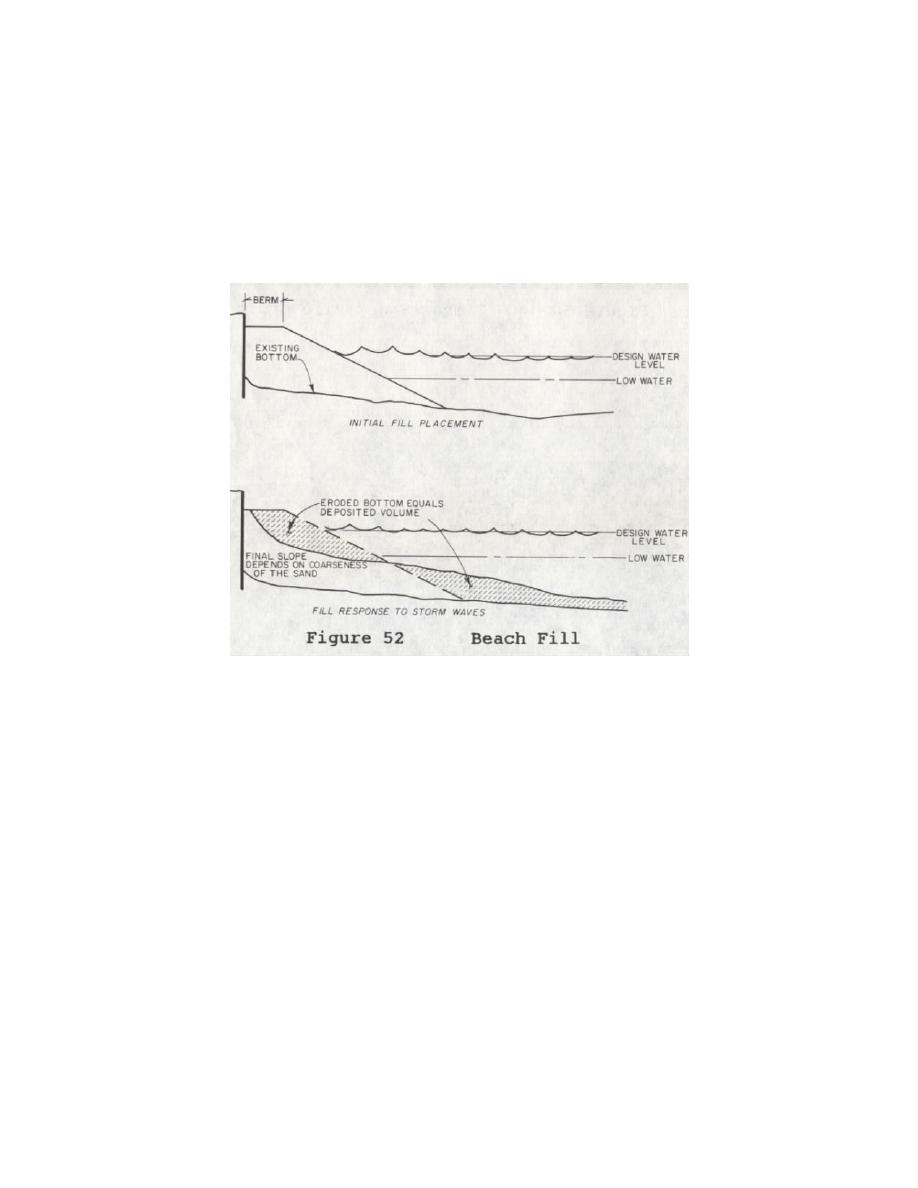
Figure 52 illustrates the important design factors in constructing a beach fill. The berm elevation
should decrease the likelihood of overtopping by storm waves. The berm width should provide enough
material for several years of erosion before refilling. A portion of the fill which is very fine material is
lost almost immediately after placement, requiring an initial supply of material somewhat over
expectations. The beach should be overfilled by 50 percent the first time and this ratio adjusted as
experience dictates. For instance, if 100 cubic yards of sand is needed for the required berm width, 150
cubic yards should be initially placed to compensate for the high initial losses of fine material.
The final factor is the beach slope, which should parallel the existing profile and slope on the
theory that the existing beach is in equilibrium with the wave forces, and the new beach will eventually
assume a similar shape. Equipment can shape the beach fill profile as it is placed, or the fill can be
reshaped by waves. The final equilibrium slope depends on the relative coarseness of the fill material
because coarser sand results in a steeper beach slope.
If fill is placed over a short length of shoreline, it creates a projection that is subjected to
increased wave action. Therefore, it is generally preferable to make the transition to the existing
shoreline over a longer distance, which may require cooperation from other landowners. If this is
impractical, protective structures, such as groins, may be required to retain the fill.
VEGETATION
A planting program to establish desired species of vegetation is an inexpensive approach to
shoreline protection. Depending on where stabilization is desired, species from two general groups
should be selected to insure adequate growth.
58



 Previous Page
Previous Page
